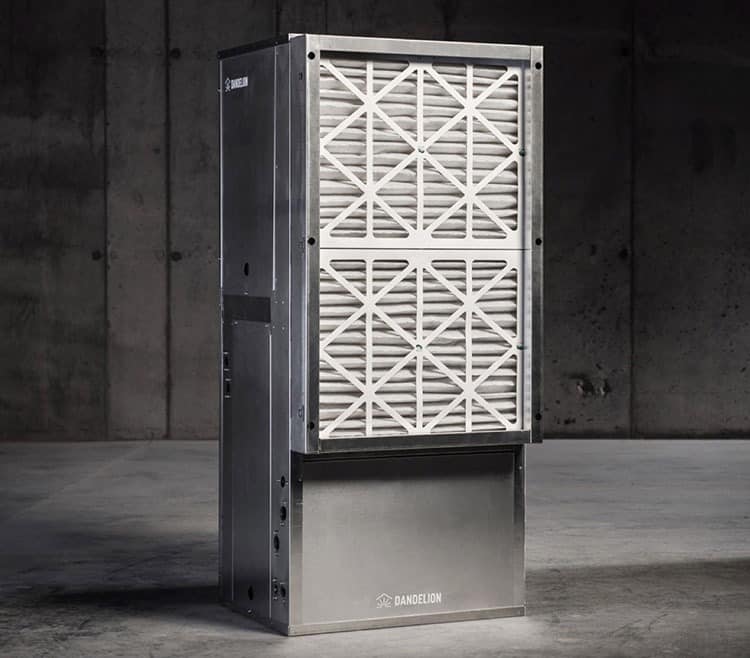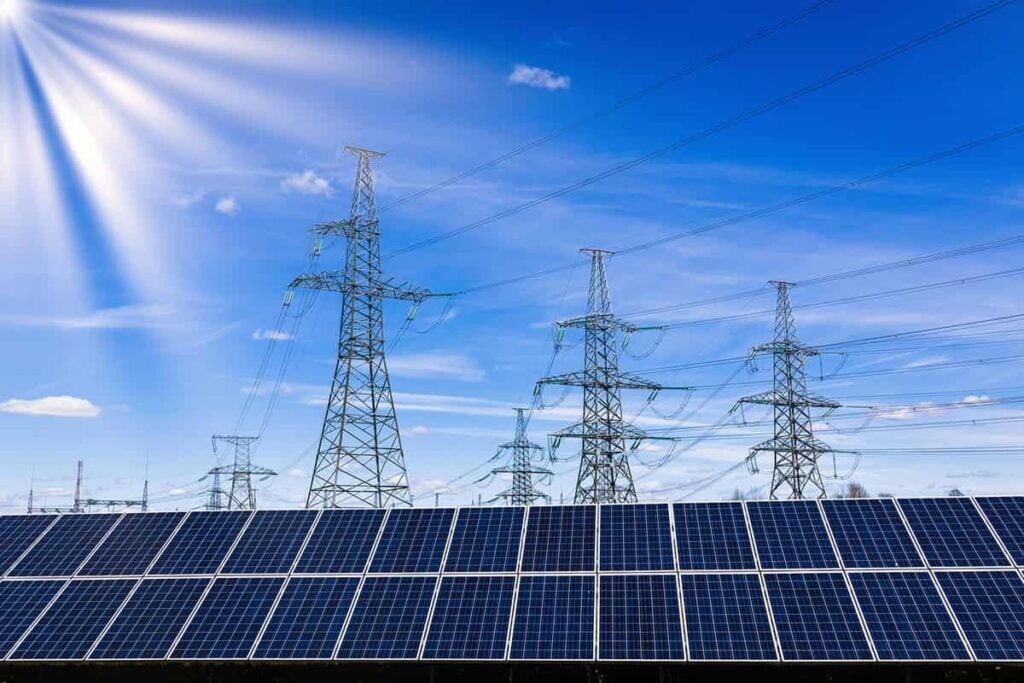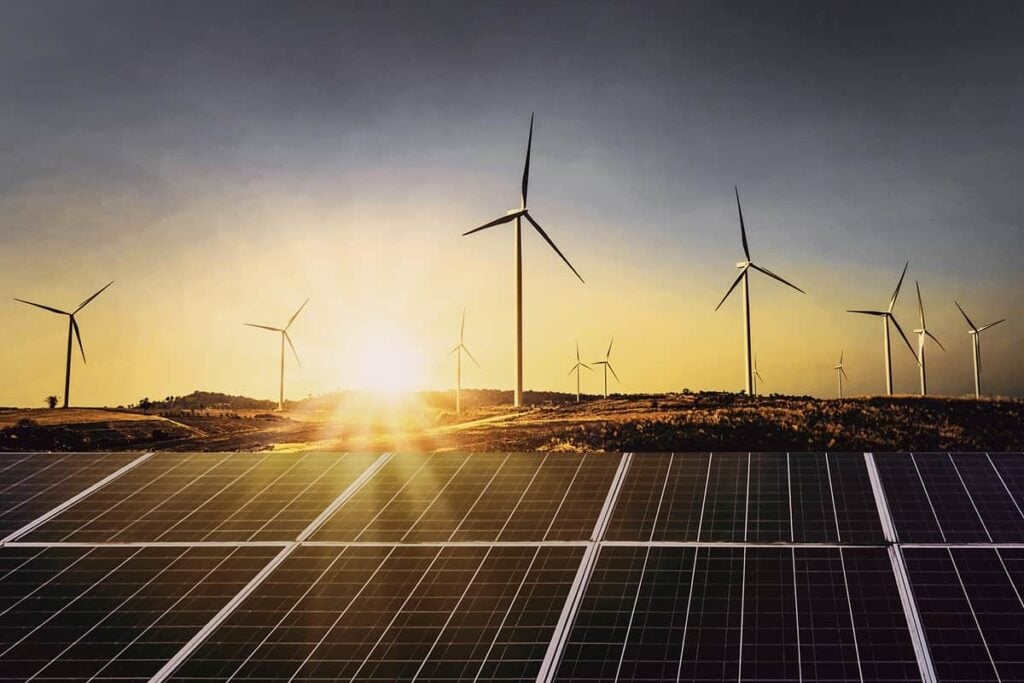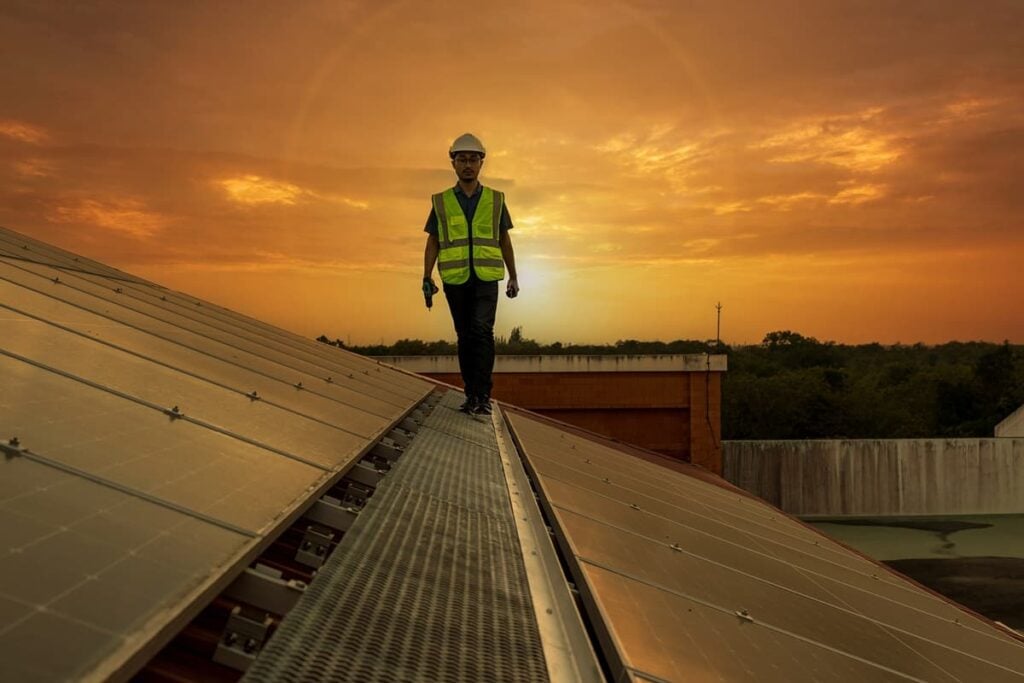Can Geothermal Energy Compete with Other Sources?
Table of contents

Some countries immediately bring to mind certain associations. For instance, France probably evokes fields of vineyards and waiters in a constant state of existential crisis. Being regular imbibers of adult beverages aside from vino, we usually link Mexico with tequila, England with ales, and Scotland with Scotch. While Iceland is known for a type of horrid-tasting schnapps called brennivín, we usually think about flabby, pasty tourists wallowing in one of the country’s many hot springs. You can cook yourself red as a lobster thanks to the island’s numerous volcanoes, which are largely responsible for all of that geothermal activity. In fact, the country derives more than 25% of its electricity from geothermal energy, not to mention about 90% of its residential heating needs. It turns out that you don’t need to live on a volcanic fireball to use geothermal energy, as more countries are tapping this sustainable energy resource.
What is Geothermal Energy?
We could describe to you in length about the Earth’s molten core, the decay of radioactive isotopes, and how heat from that mini-sun 1,800 miles below the Earth’s surface radiates outward to warm rocks, water, gas, and anything else in its path. And we could geek on geology, like the fact that some super-heated rocks turn into magma, which can heat up underground aquifers that release hot water through geysers, hot springs, and other phenomena. Instead, we’ll give you the simple definition: Geothermal energy is heat that is generated within the Earth, and we can capture and use it in a variety of ways for heat and electricity.
Tapping Geothermal Energy for Heat
You may remember from your Flat Earth history class how a certain caveman named Ringo Starr – Atouk zug zug Lana – helped invent the first sunny side up egg out of a giant pterodactyl egg after it landed on a thermal vent. Humans have also long enjoyed their hot baths, especially in places like Bath, England, where the Romans built a sophisticated spa some 2,000 years ago. There are pockets of this low-temperature geothermal energy all over the planet, some of it just a few yards from the surface that can be used for heating homes, greenhouses, and other structures.
More sophisticated technologies drill down up to 300 feet to install Geothermal Heat Pumps (GHPs) that can be connected to a pipe system through which water or other liquids like glycol move through. In the winter, the liquid absorbs the geothermal heat and carries it upward to a building, for example, providing warmth through a duct system. In the summer, the same system can release excess heat underground to cool the building.

One of the biggest geothermal heating/cooling systems in the world was installed just a couple of years ago at Ball State University in Indiana for a cost of $83 million with a Return On Investment (ROI) of $2 million per year. The U.S. Environmental Protection Agency (EPA) says GHPs are the most energy-efficient, environmentally clean, and cost-effective systems for heating and cooling buildings.
Harvesting Geothermal Energy for Electricity
What we’re really interested in is if geothermal energy could be a scalable source for generating electricity. Geothermal power plants rely on harvesting geothermal energy miles below the Earth’s surface, either through natural pockets of steam or hot water. Other areas require a little help by injecting water to create steam. There are a number of different types of geothermal power plants:
- Dry-Steam Power Plants: Steam is piped directly to a power plant, where it is used to fuel turbines and generate electricity. The world’s biggest geothermal energy complex is located in a place called The Geysers in California, accounting for about 20% of the state’s renewable energy.

- Flash-Steam Power Plant: The most common type of geothermal power plant, a flash-steam power plant pumps super hot water into a low-pressure area where it evaporates rapidly (flashes) into steam that is used to power a turbine. These are the types of power plants used in Iceland.
- Binary Cycle Power Plants: Hot water from an underground geothermal pocket is circulated through a pipe to the surface, where it heats a special liquid compound to create steam to power a generator.
(Thanks to National Geographic for all the background info on geothermal energy.)
Can Geothermal Energy Compete with Other Energy Sources?
We recently told you how wind is the leading renewable energy source in terms of non-subsidized costs. Currently, geothermal ranks somewhere in the middle compared to other types of alternative energies, and is pretty competitive against most types of conventional energy sources like coal and natural gas:

A fresh-off-the-presses report from the Department of Energy (DoE) proposes to increase the country’s geothermal electricity generation by more than 26-fold to 60 gigawatts (GW) by 2050, as well as geothermal heating installations for up to 28 million households. The DoE claims that energy from a geothermal power built today would probably cost at least $0.05 per kWh. That’s right in line with wind and even cheaper than solar, according to an article in Forbes last year. The cost of electricity from fossil fuels typically ranges between $0.05 and $0.17 per KwH.

If the political will is there, then oftentimes subsidies and government investments aren’t too far behind. For instance, the DoE also announced in May that it would fund 10 new projects for up to $5.5 million that apply machine learning to geothermal exploration and production. One project led by the Colorado School of Mines would develop algorithms to analyze satellite imagery to detect geothermal resources just based on surface characteristics. Penn State University will attempt to train machines to estimate the chances of earthquakes from geothermal drilling.
Venture Capital Heating Up Geothermal
It’s not just the government getting behind geothermal. The Breakthrough Energy Fund – run by a who’s who of philanthropist billionaires that invests in companies that commit to reducing greenhouse gas emissions – has added two geothermal companies recently to its portfolio. It handed over $12.5 million to Baseload Capital, a Swedish investment firm founded in 2012 by a small consortium led by a geothermal company called Climeon. The idea is that Baseload (a term that simply refers to geothermal’s capacity to run 24/7) Capital will help export the Stockholm-based startup’s heat power technology around the world. The modular system converts low-temperature heat, from geothermal or industrial waste heat sources, into electricity by vaporizing a special liquid that expands over a turbine to run a generator.
The other geothermal company in Breakthrough Venture’s portfolio is Fervo Energy, a Berkeley, California startup that uses a type of fracking drilling technology pioneered by the natural gas industry. We mentioned earlier that geothermal energy can be found just about anywhere, but for it to work as advertised it needs to have a combination of underground heat, fluid, and permeable rocks. Only in places like Iceland do all three exist in perfect alignment. Otherwise, an Enhanced Geothermal System (EGS) like Fervo Energy proposes must pump water into the ground to widen existing fractures. It works but comes with one downside: earthquakes.
Geothermal Energy Startups
Let’s take a look at a few more startups that have taken in recent funding in order to shake up the alternative energy sector with geothermal energy.
Founded in 2014, Austin, Texas-based HyperSciences has raised a total of $20.5 million in some unusual ways, including $9.7 million this past April through an equity crowdfunding platform called SeedInvest. The startup itself is a bit unusual, applying hypersonic rocket technology for space launches and geothermal drilling. Maybe they’ll add commercial supersonic air travel to their business model as well. Its HyperDrill (backed by additional funding from Shell Oil Company) can reportedly drill 10 times faster than conventional drills for reaching deep pockets of geothermal energy.

Founded in 2008, GA Drilling is a Slovakian startup that has raised about $4.7 million in disclosed funding from a Series B in March for its own geothermal energy drilling technology. The company’s PLASMABIT drill uses “a high-powered rotating plasma arc to disintegrate any material including hard rock without any physical contact.” GA Drilling says the plasma drill will help access geothermal pockets within about 15 miles of the surface, covering about 70% of the Earth’s land mass.

A spin-out from Google parent company Alphabet’s X lab, Dandelion Energy was founded in 2017 out of New York. A $16 million Series A in February brought total funding to $23 million. Aside from Google (GOOGL), other investors include Lennar Construction (LEN), a home construction and real estate company, and Comcast (CMCSA), among others. Dandelion works on the residential side of the industry, installing geothermal heating and cooling systems that work as we described earlier. It claims its Dandelion Air unit can save the average homeowner $2,250 per year.

Also founded in 2017, Calgary startup Eavor Technologies recently scored a $6.7 million grant in April from the Government of Canada to develop its Eavor-Loop geothermal technology. Last year, it began work on a $7.4 million project to demonstrate its closed-loop geothermal system at scale for providing both heat and electricity. Eavor-Loop circulates a special fluid that collects heat from relatively low-temperature geothermal pockets, describing the system as “much like a massive subsurface version of a traditional radiator.” No fracking required. The company is also looking toward a $65 million heat-only project in the Netherlands.
Conclusion
We’re going to add another two billion or so people to the planet in the next 30 years, meaning we need to find more ways to create energy cheaply and cleanly. Geothermal energy certainly ticks the latter box – though more fracking may nullify that claim somewhat – and new technologies like the ones illustrated here may help it compete more strongly with other forms of alternative energy. At least one public company out of Reno, Nevada called Ormat Technologies (ORA) is finding success with geothermal. We’ll take a look at this $3 billion company more closely in a future article.
Sign up to our newsletter to get more of our great research delivered straight to your inbox!
Nanalyze Weekly includes useful insights written by our team of underpaid MBAs, research on new disruptive technology stocks flying under the radar, and summaries of our recent research. Always 100% free.














